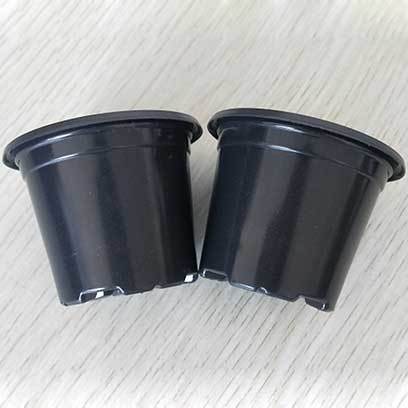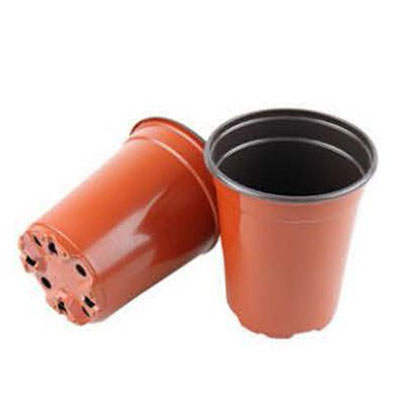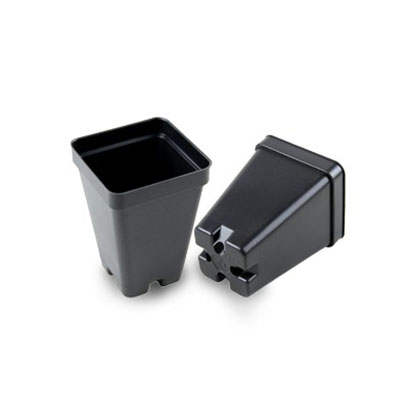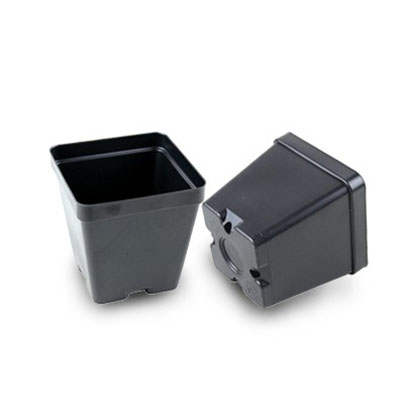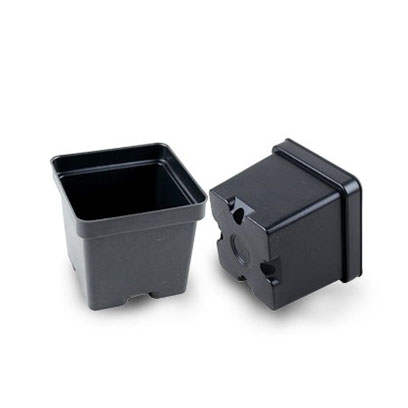How to Propagate Thanksgiving Cactus? - Wilson Garden
Introduction
The Thanksgiving cactus, also known as the Schlumbergera, is a popular houseplant. We will provide you with the simple steps of propagating Thanksgiving cactus. These help you successfully grow this beautiful plant.
Understanding Thanksgiving Cactus
Differentiating Similar Cacti
Thanksgiving cactus blooms between mid November and late December, sometimes through January. They have pointed teeth along its edges. Christmas cactus blooms in December. They have rounder teeth. Easter cactus blooms in April or May. They have small bristles.
Characteristics
Thanksgiving cactus is unique in its leaf shape and color. Its flattened stems have serrated edges, with each segment having two to four teeth. Thanksgiving cactus is known for having pendulous flowers. The flowers have different colors. For example, pink, red, purple and white.
Tools and Materials Needed
List of Essential Tools
Sharp, clean pruning shears.
Clean and sturdy containers for planting.
A spray bottle filled with water.
Rooting hormone (optional). I do not use rooting hormones because this plant roots easily.
Recommended Soil Mix and Containers
You can propagate thanksgiving cactus by division or cuttings (in water or soil). Use a well-draining soil mix for propagation. A mixture of potting soil, sand, and perlite or vermiculite works well. Use small plastic pots with drainage holes to plant the cuttings.
Using a Sterile Environment
When propagating thanksgiving cactus, you should use a sterile environment to prevent diseases. You can use clean tools and plastic plant pots. Ensure the soil mix is free from any contaminants. Wash your hands before handling the cuttings and use gloves if possible.
How to Propagate a Thanksgiving Cactus?
How to Grow Thanksgiving Cactus from Cuttings?
I find plant thanksgiving cactus cuttings in soil is the best method. Choose a healthy, mature leaf from the plant. The leaves should not be damaged or have any signs of disease. Use clean, sharp scissors to cut the leaf at its base near the stem. Leave 2-3 inches of stem attached to the leaf.
You should use a Y shaped stem with at least 3 joined segments. Allow the cutting to heal and dry for at least 1-2 days. Use slightly acidic soil with a pH 5.5-6.0. Plant the cutting about 1-2 inches deep in the soil, with the cut end facing down. Keep the soil moist but not waterlogged.
Thanksgiving cactus prefers well-draining soil. Use a mix of potting soil, sand and perlite for best results. Plant the segments in the soil with the cut end down, burying them halfway.
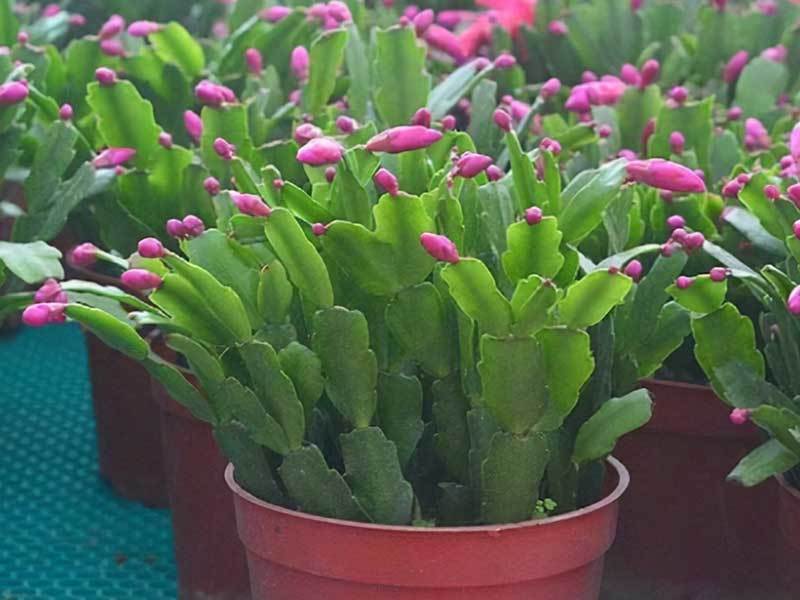
How to Propagate A Thanksgiving Cactus by Division?
Offsets are small plants that grow from the base of the mother plant. You can easily identify them by their small size and developing root system. Allow these offsets to grow until they reach about a third of the size of the mother plant.
When separating the offsets, carefully loosen the soil around the base of the offset. Gently remove them from the main plant. Loose any roots that may be attached to the mother plant.
Once removed, let the offsets dry out in a cool, dry area for a few days. This will allow any wounds to be callous and prevent rotting. After curing, you can dip the bottom of the offset in rooting hormone to encourage faster growth.
When planting, use a well-draining soil mix. Place the offset about an inch deep. Water thoroughly during the initial growth period. Keep the soil moist but not soggy. Provide adequate sunlight and monitor for pests or diseases.
How to Propagate Thanksgiving Cactus in Water?
Select a healthy Thanksgiving cactus plant with long, segmented stems. You must use clean scissors or pruning shears. Carefully cut off a few segments from the tip of the stem.
Place the cuttings in a glass jar with room temperature water. Change the water every few days. This prevents bacterial growth and ensures oxygen supply for the developing roots. The cuttings will have small roots after a few weeks.
You can transplant the cuttings into well-draining soil when the roots are 1-2 inches long. Keep the new plants in a warm and bright location. Avoid direct sunlight until they are fully established.
How To Care for Thanksgiving Cactus?
Light Conditions
Thanksgiving cactus thrives in bright indirect light. Too much direct sunlight can cause its leaves to turn yellow and its flowers to wilt. Place your cactus near a window with bright, indirect light for most of the day. If natural light is not available, you can use artificial grow lights.
Temperature and Humidity Requirements
Thanksgiving cactus prefers temperatures between 65-75°F (18-24°C) during the day and slightly cool at night. It also requires high humidity levels of 50-60%. You can increase humidity by misting the leaves daily. Place the cactus on a tray filled with pebbles and water.
Watering and Fertilizing Tips
During Thanksgiving cactus propagation, keep the soil slightly moist but not too wet. Overwatering can cause root rot and hinder growth. Fertilize the cactus once a month with a balanced fertilizer diluted to half strength.
Transplanting Propagated Thanksgiving Cactus
When to Transplant Thanksgiving Cactus?
The Thanksgiving cactus will root in the pots after about 3-4 weeks. It will outgrow its current 1/2 gallon nursery pots. The roots may be growing out of drainage holes or visible overcrowding of the plant in its pot.
Choosing the Appropriate Size Pot and Soil
Make sure the new pot is just slightly larger than the current one. A pot that is too big can cause overwatering and root rot. Use a well-draining soil mix specifically for cacti and succulents to ensure proper moisture levels.
Care Tips for the Newly Transplanted Cactus
After transplanting, place your thanksgiving cactus in a spot with bright indirect light and avoid direct sunlight. Water it thoroughly and then allow the soil to dry out before watering again.
They may meet transplant shock. So keep an eye on your cactus for signs of stress. For example, wilting or yellowing leaves. If this occurs, place the 1 gallon pots on a tray of pebbles and water. Water sparingly and provide extra humidity.
Troubleshooting Common Issues
Addressing Potential Problems
Root rot occurs when the roots are continuously exposed to water. Ensure the soil is well-draining and do not overwater your plant. If you suspect root rot, remove the affected areas. Repot your Thanksgiving cactus in fresh soil.
To prevent fungal infections, avoid overwatering and ensure proper air circulation around your plant. Remove any affected areas if you notice signs of a fungal infection. Treat the remaining plant with a fungicide.
Pests are also an issue for Thanksgiving cacti, especially mealybugs or spider mites. These pests can damage your plant. The plant will be wilting and discoloration. You can use pesticides specifically designed for succulent plants.
Reviving Struggling Cuttings or Segments
If your Thanksgiving cactus cuttings or segments are not thriving as expected, you can do a few things to revive them. First, check for any potential issues, such as over or under watering. Address them accordingly.
Thanksgiving cactus propagation in water encourages root growth. You can replant them in soil later. Additionally, providing your plant with proper care can help revive struggling cuttings or segments. For example, adequate sunlight and proper nutrition.
Conclusion
You should now have a good understanding of how to propagate Thanksgiving cactus. You can successfully propagate Thanksgiving cactus and expand your plant collection after following the steps.

